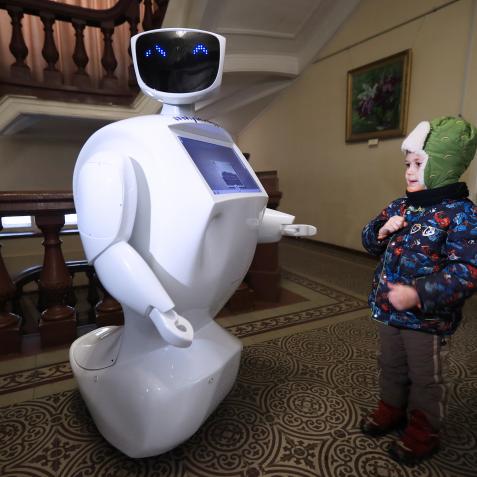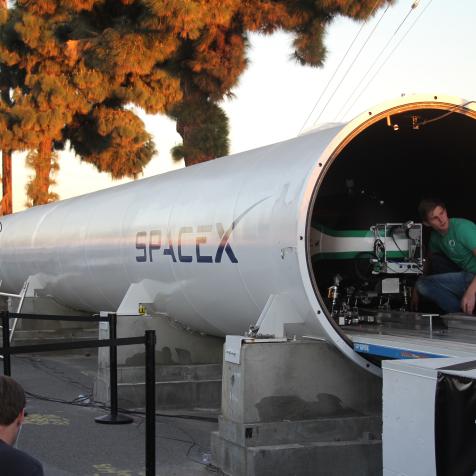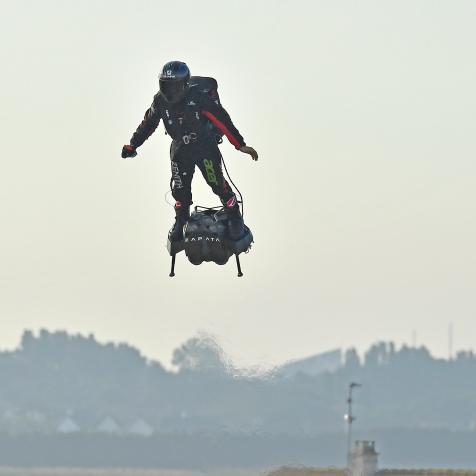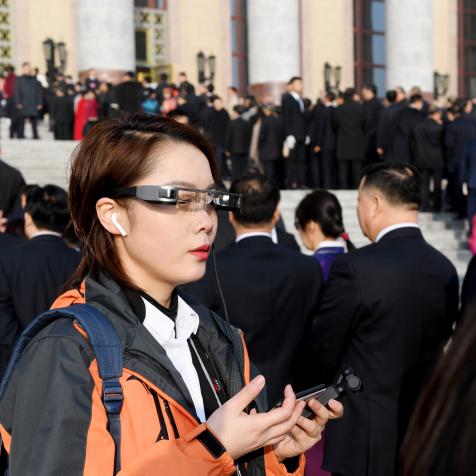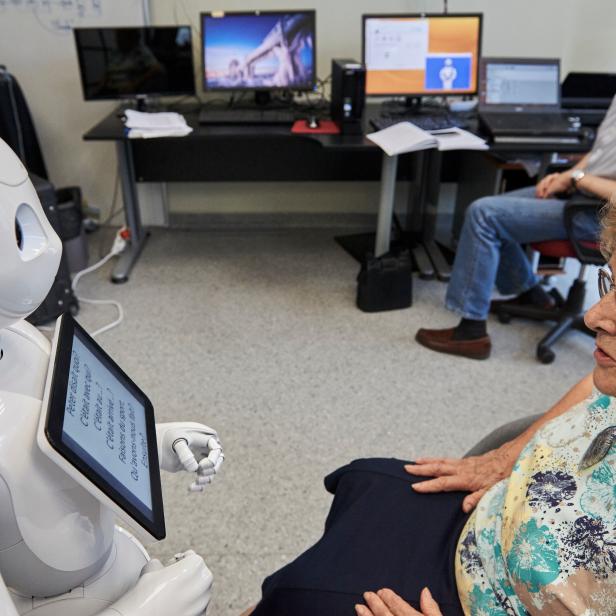
BSIP
Artificial Intelligence in Medicine: the Rise of the Digital Doctors
As AI technology becomes more sophisticated, we can expect them to be used more often in the world of human medicine and healthcare. But it is possible to create medical AIs that rapidly outperform doctors in certain tasks? Find out all the ways AI is helping the healthcare world.
As artificial intelligence (AI) systems become more sophisticated, we can expect them to be used more often in the world of human medicine and healthcare. AI is designed to mimic the human brain in decision making and learning, so with the computing power to learn tasks in days or even hours, it is possible to create medical AIs that rapidly outperform doctors in certain tasks.
Most of the AI systems working in medicine employ smart algorithms, with the machine and deep learning techniques, and are supplemented by speech recognition and computer or machine vision to make their decisions.
It will be some time before researchers can develop artificial general intelligence systems capable of abstracting knowledge and developing their own experiences to share with other AIs. But firms like Microsoft, Google, Apple, IBM and Facebook are gearing themselves up to deliver the most advanced AI personalized healthcare possible for patients around the world.
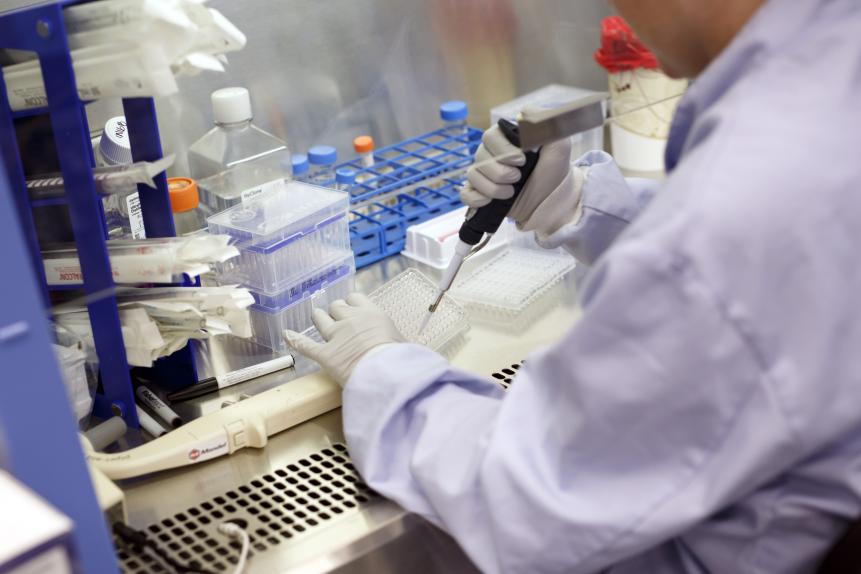
GettyImages/Bloomberg
Data plays a hugely important role in helping AI systems learn about human medicine. AI systems are trained on large data sets gathered from real-life cases. Providing detailed patient information in volume is a crucial factor for their success.
The UK's 100,000 Genomes Project has sequenced around 85,000 separate genomes from people with rare diseases or cancer. It is currently the largest national sequencing project of its kind in the world. Researchers expect that the data generated will help fuel future diagnostic technologies and improve cancer prevention and care.
One of the most important areas for influencing global health is in the field of epidemiology. Predicting disease outbreaks can save millions of lives by having resources ready should the worst happen. Startup AIME has successfully combined public health data with machine learning and AI to create a prediction engine capable of anticipating epidemics months in advance with great accuracy.
Another field where medical AIs are making rapid advances is in diagnostics. Doctors base a lot of decisions on information from X-ray, CT and MRI images. Speeding up diagnoses from patient scans can rapidly improve patient care and outcomes.
Computer vision AIs use pattern recognition to work through these images with incredible speed and accuracy. They have been able to outperform junior doctors and even senior specialists in some tests.
Cardiologist Rima Arnaout developed an AI that beat human experts at correctly interpreting echocardiograms by 92 percent to 79 percent. She said that despite the result there is no prospect of AI replacing human doctors any time soon. "As cardiologists, we read the images and then go see the patient,” she said. “So we’re both reading images and practicing medicine. I don’t think that the second piece will be taken over so quickly.”
The results are obviously impressive, but being aware of the hype around AI in medicine is just as important for both physicians and patients. The Institute of Electrical and Electronics Engineers (IEEE) has a handy visualization tool to show where smart algorithms and humans were better at detecting health problems.
People are sharing more and more of their health data through apps on mobile and wearable devices. Now virtual and voice assistants using natural language processing and AI are being prepped to provide healthcare on-demand. Amazon’s Alexa has partnered with the UK’s National Health Service (NHS) to provide users with health advice, but it could also be used to tell if you are having a heart attack.
Governments in many countries face the prospect of ageing populations. This will likely see the expansion of AI services, including robotic helpers. Robots designed specifically to interact with people could help solve the problems of isolation and loneliness that affect many older people.
Georgia Institute of Technology built an experimental robot called PR2 that taught itself how to put a gown onto humans in just one day. Those skills could be readily adapted for people in hospitals and care homes around the world.
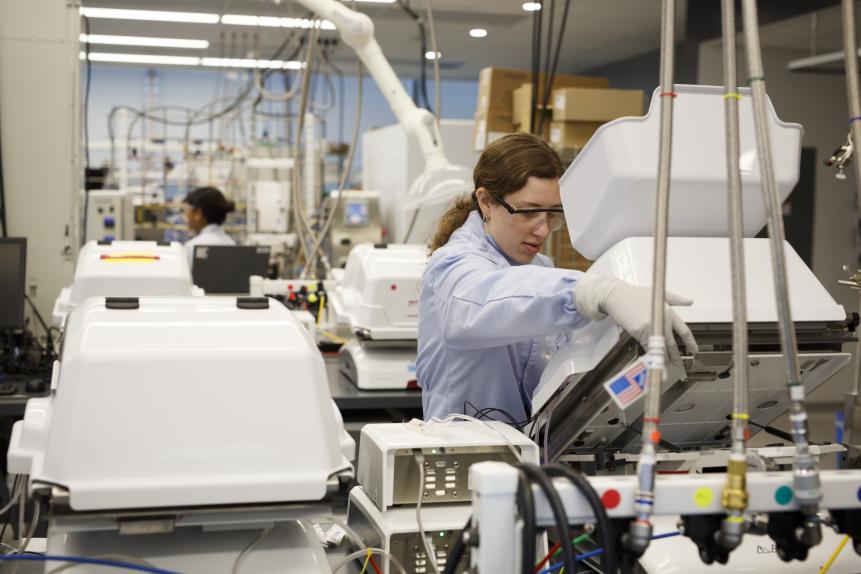
GettyImages/Bloomberg
We already have mobile robotic telepresence (MRT) systems available to provide support to the ill and elderly. This class of social robots are effectively remote-controlled video screens on wheels that allow medics, carers, or relatives to interact with people in their own homes.
Pet androids like Aibo the robot dog, or Paro (a baby seal) provide companionship and learn from their interactions about each owner’s preferences.
More humanoid robots include the 'emotional' robot BUDDY, which is able to provide social interaction, be a personal assistant, play multimedia and games, and look after the elderly, according to its makers. Mabu is another wide-eyed humanoid robot that uses AI and a recipe of best practices from human doctors to help monitor heart failure patients.
Robot Ais can also be put to work in hospitals to help doctors and nurses spend more time with their patients. Moxi is a robot assistant that helps staff by completing general tasks such as delivering lab samples, collecting laundry or gathering medical supplies.
Even in the surgical suite, there is support from AI robotic surgery systems that reduce variations between surgeons which affect patient recovery. Dr. John Birkmeyer, a chief clinical officer of Sound Physicians said “we know that a surgeon’s skill, particularly with new or difficult procedures, varies widely, with huge implications for patient outcomes and cost. AI can both reduce that variation, and help all surgeons improve – even the best ones.”
The acceptance of AI in medicine will continue to gather pace in the future as it becomes more widespread. Its promise to enhance patient care by reducing errors in diagnosis, improving the ability to predict disease, and providing assistance to busy clinicians is also the promise of keeping humans at the centre of healthcare.










